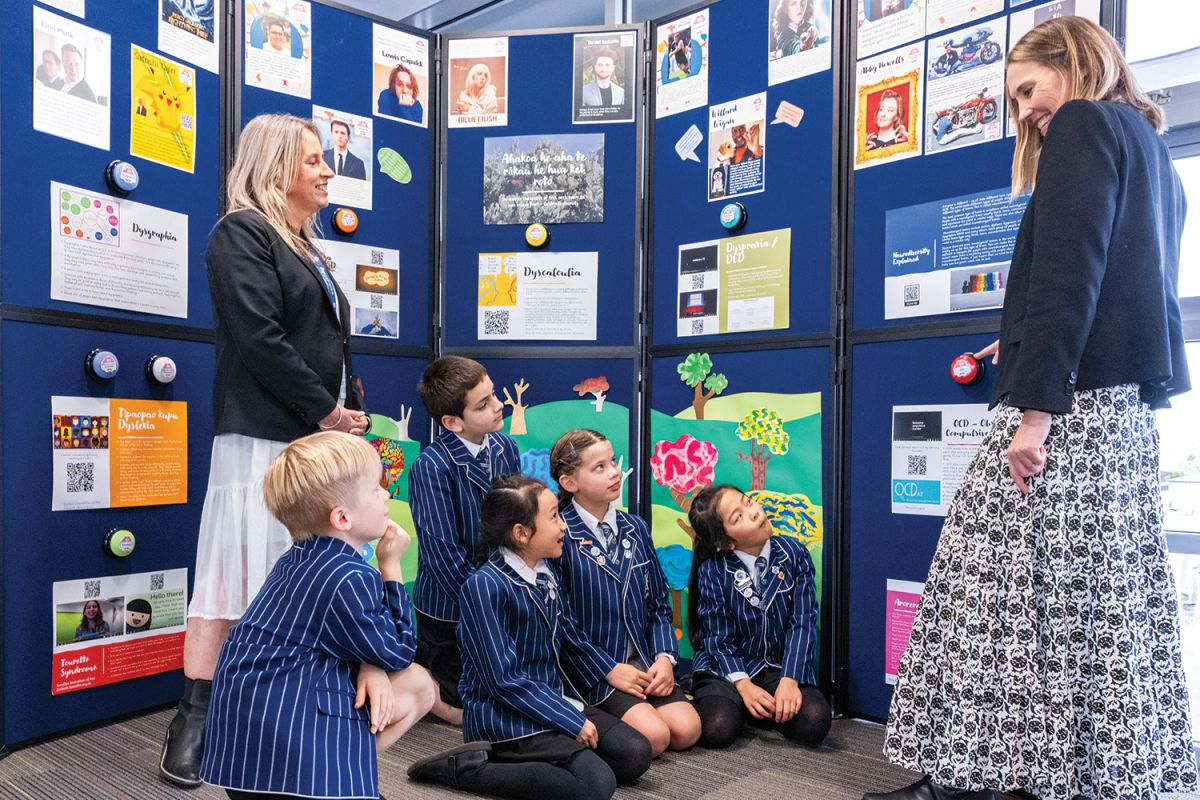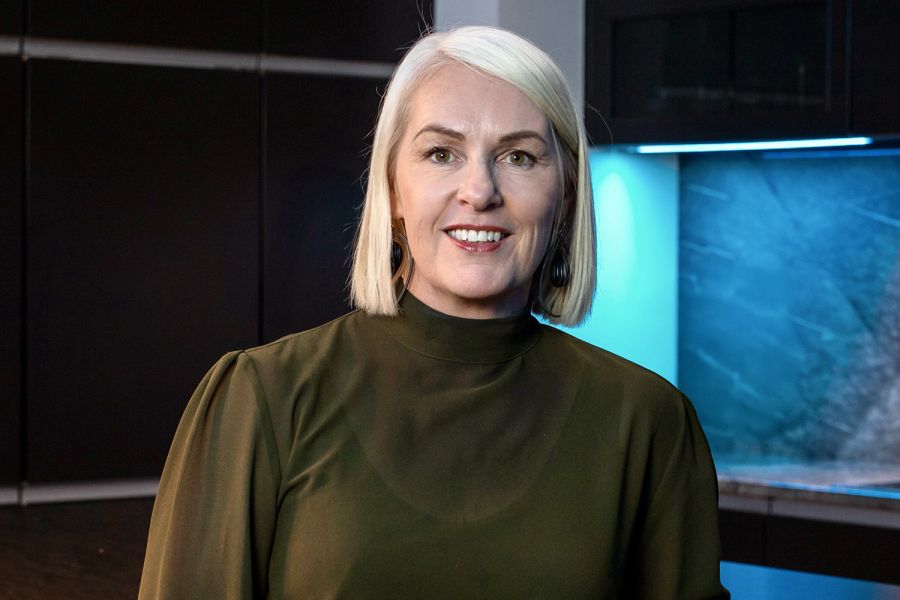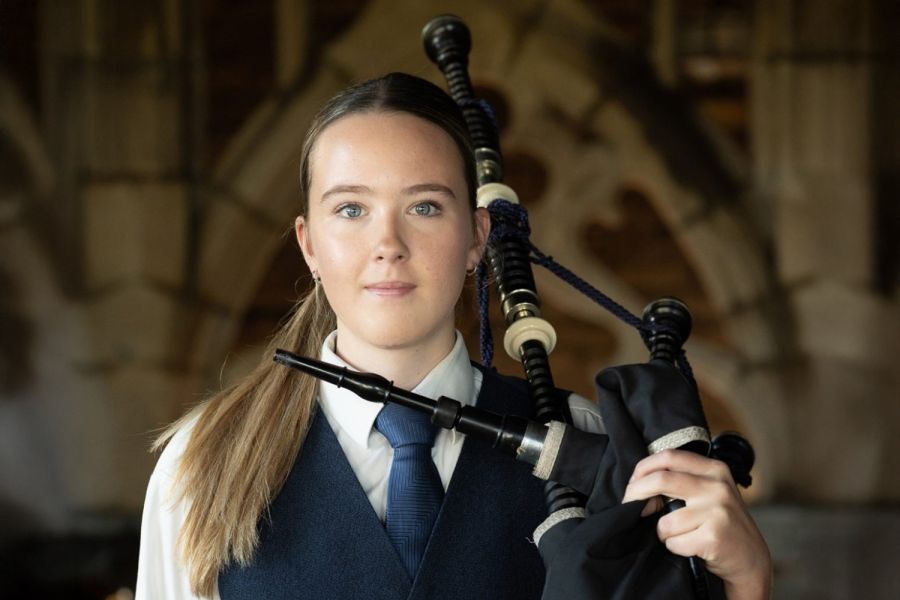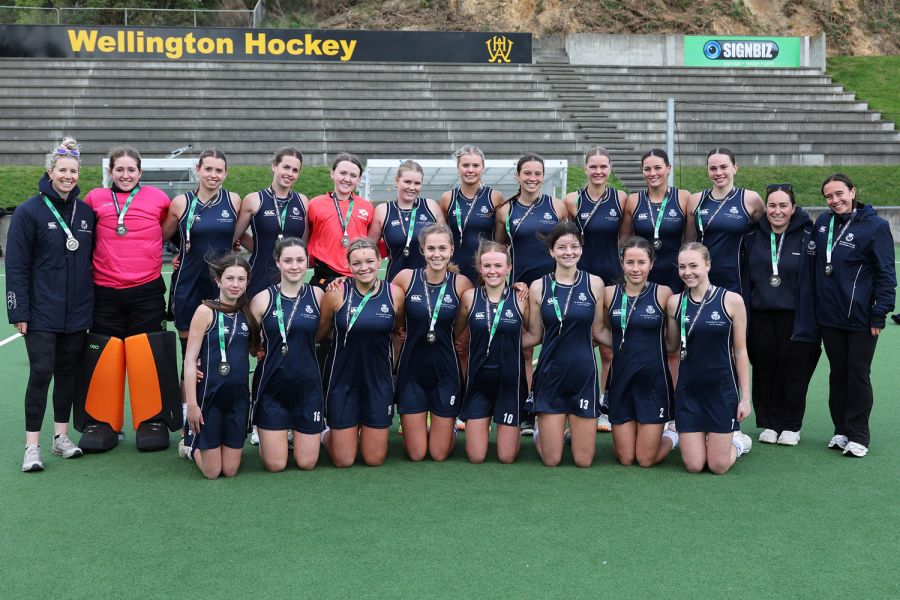Celebrating neurodiversity in the Preparatory School
1 August 2025

REGULUS // ISSUE 2 // AUGUST 2025
A parent donation of a heart-warming book called The Brain Forest, which follows a mother and her son down the path of understanding the different ways brains can be, has helped introduce a culture of understanding and inclusivity around neurodivergence, says Head of Learning Support in the Preparatory School, Irene Cronan.
“The book has sparked lots of wonderful and affirming classroom discussions around neurodiversity celebrating all the different kinds of brains. It reinforces we are all unique and don’t always think and learn the same way. Neurodiversity is what makes the world a great place.”
Late last year, the Preparatory School’s learning around neurodiversity took a step further, when Irene and a group of students created a large interactive display, which is still a popular feature on an upstairs landing. Fun and informative, the display has audio and video content (accessed by large buttons and QR codes), brain trees created by some of the Preparatory School children, and profiles of famous people, like actors Emma Watson and Daniel Radcliffe, and singers Billie Eilish and Lewis Capaldi, who have one of the eight types of neurodiversity which feature on the display. These include autism, ADHD, Obsessive Compulsive Disorder, Tourette’s Syndrome, and Dyslexia.
The display has been visited by groups of teachers and students, with several students pausing independently to read the information, press buttons, and listen to the audio. One of the recordings was made by a Year 9 student, who described his understanding of the characteristics of autism.
Some students have even shown their parents the display, says Irene.
“We want to encourage as much engagement as possible. There is the capacity to add more stories and information to the display, and I’d love to see classrooms taking the lead on that.”
Irene’s goal is for the ongoing learning to normalise neurodiversity, reduce stigma, and shine a light on the strengths which come with different brain types, helping every child feel seen and valued.
“I love the way the te reo Māori names are so positive and strengths based, for example autism is takiwātanga, which means ‘in their own time and space’ and ADHD is aroreretini, meaning ‘attention goes to many things’, which is much more positive than many of the current labels,” she shares.
One of the most significant outcomes of the focus is the sense of belonging it has brought to neurodivergent students, enthuses Irene.
“The children realise they are not alone, and there are others at school who think and learn differently, just like them. They understand they can thrive and be successful just the way they are.”
Related Posts


